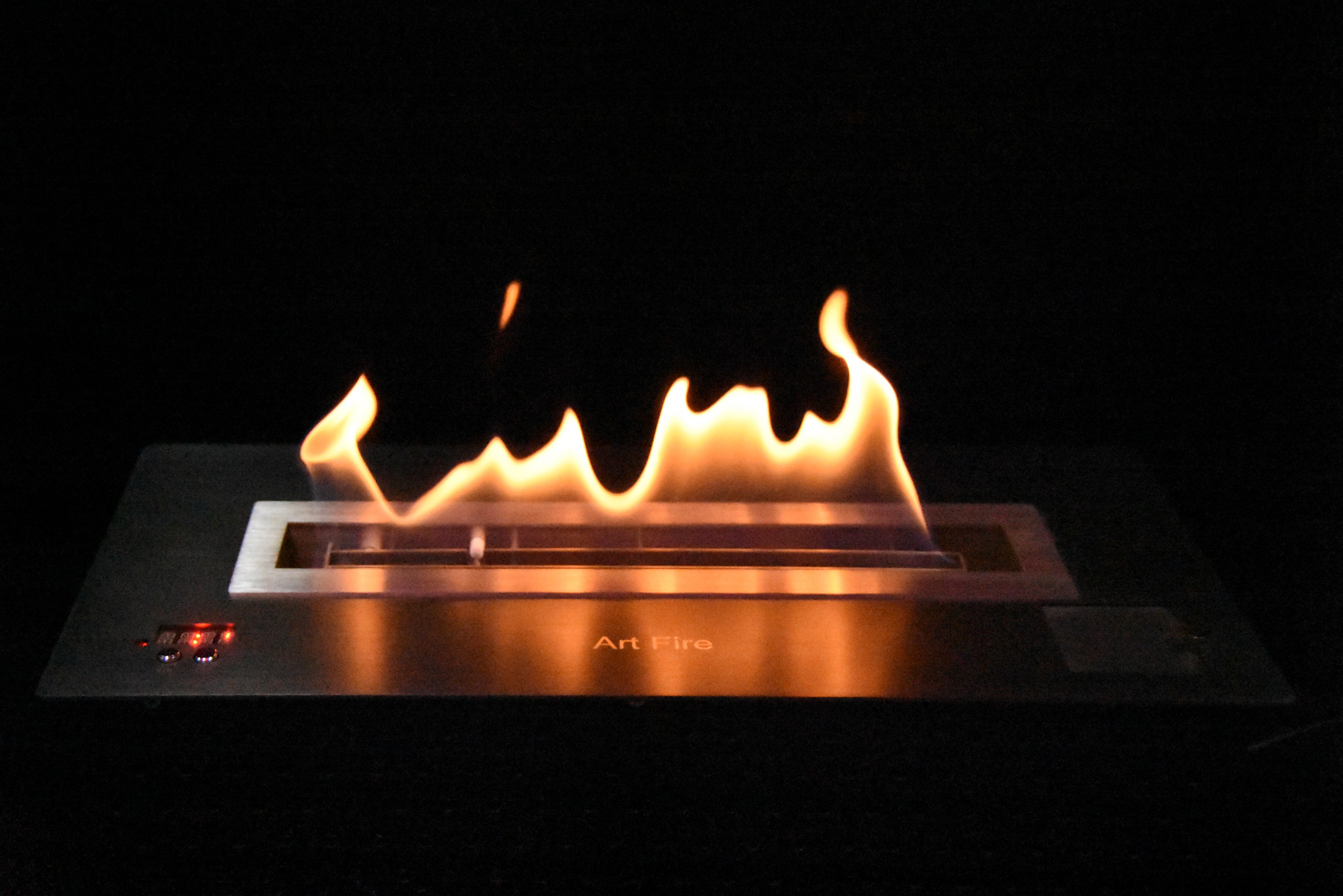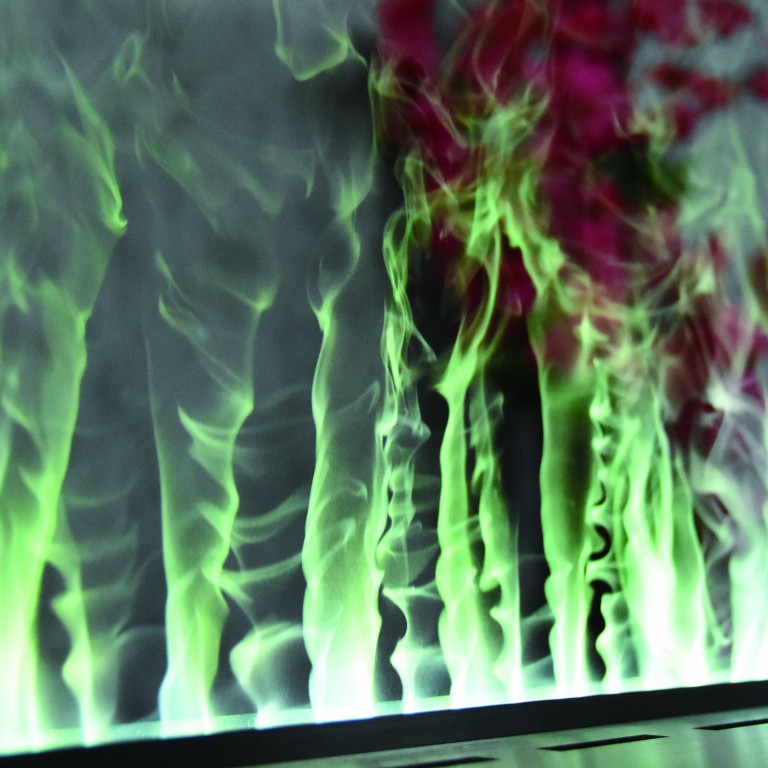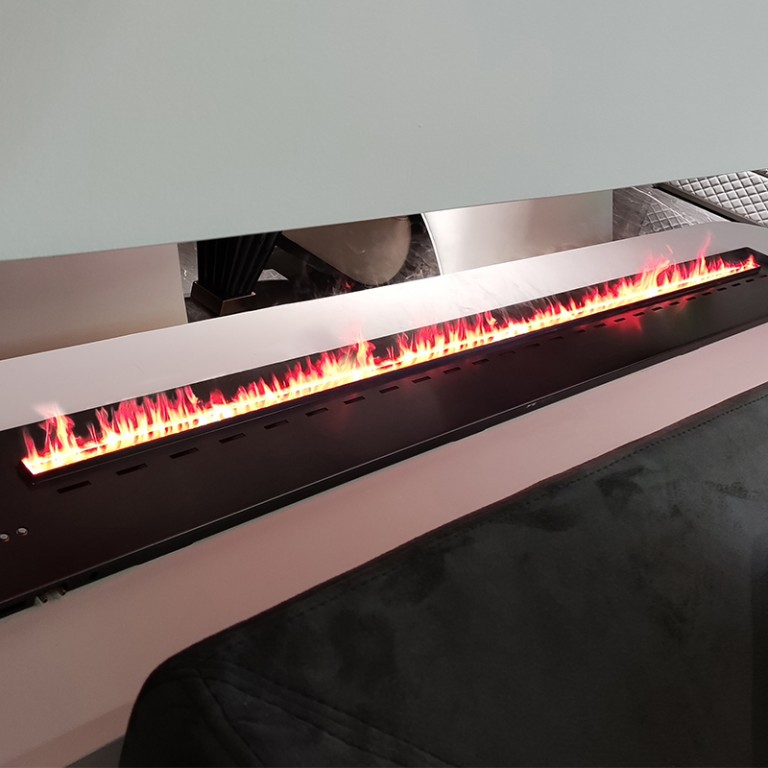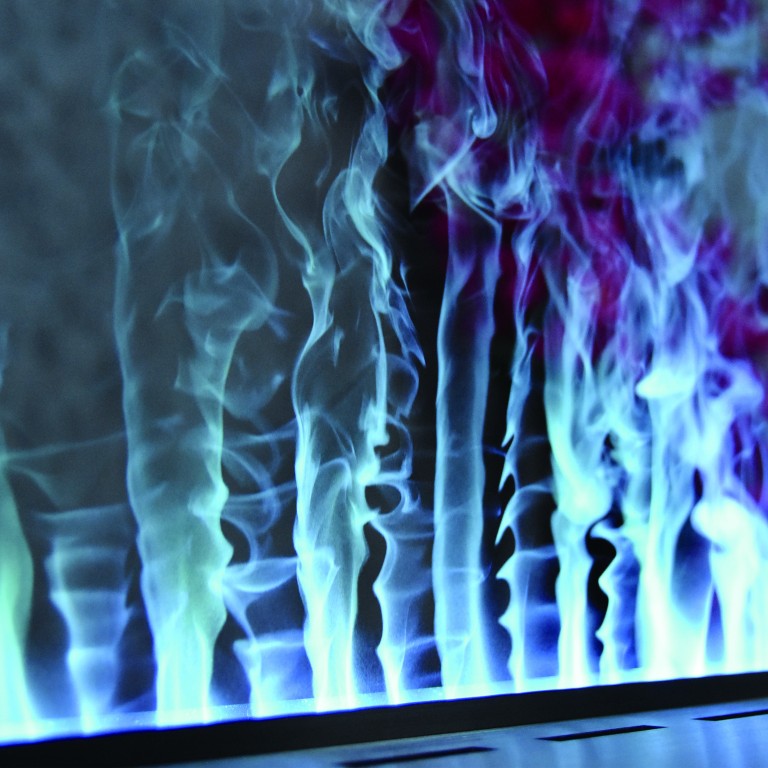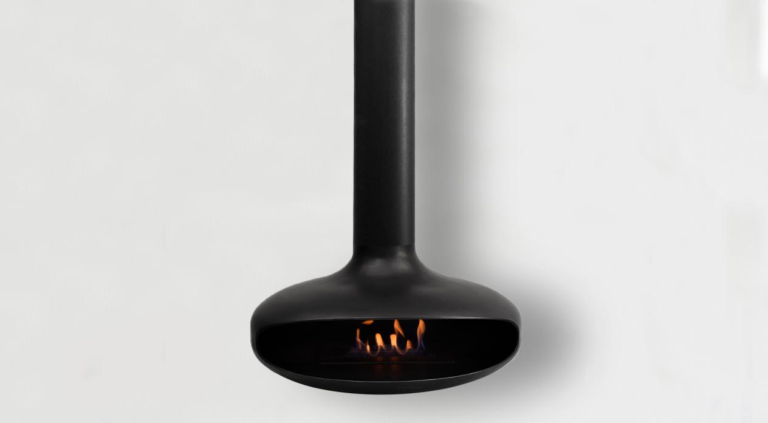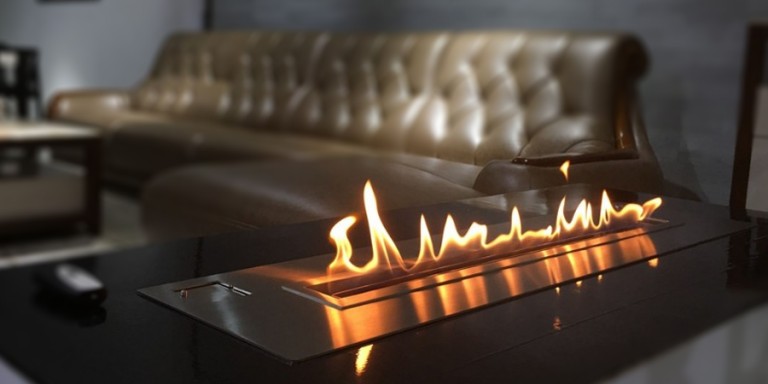The Difference between a Manual and an Automatic Bioethanol Fireplace
This refers to the burner of the bio fireplace and how it works.
Bioethanol fireplaces first appeared in 2005. The introduction of the bio ethanol fires made it possible to place a fireplace almost everywhere and without any venting, flue, smoke, soot or expensive maintenance. Since then, the technology and security have evolved, and today we have two types of bio ethanol fires: Manual and Automatic bioethanol burners.
These two types each have their advantages and disadvantages. Hence, the type of burner you select, depends on what requirements you have for your fireplace, where it will be used, and what your budget is.
Although there are only two types of bioethanol burners, the products from different manufactures can vary and offer differences in the way their burners work.
Benefits of a Manual Bioethanol Burner
1. No power or cables are required and it can be mounted everywhere.
Manual bioethanol burners and fireplaces can be installed and placed freely, because they do not require any power or other cable connection, nor does it need a chimney, vent or flue. The only factor to consider is which size you want the burner to have.However, you, of course, still need to be aware of general fire hazards and safety distances. You can read about safety distances in our guide on the subject.
2. Manual bioethanol burners are cheap Bio ethanol fires have existed for some years, with the manufacturers continuously optimising the production costs. Furthermore, the manual burners does not require any digital technology, and this means that the prices of manual bio fireplaces are quite low at this point.
Benefits of an Automatic Burner
1. Easy to control the flame.
It is easier to extinguish and ignite an automatic burner. All you have to do, is click on the remote control, the control panel on the burner or via an app. Some automatic bio ethanol fires also allow adjustment of the flame size and control over the amount of radiated heat.
2. Safety sensors.
An extra bonus with an automatic burner, is the number of safety sensors, which are not possible to get in a manual burner. This may include sensors that monitor CO2 levels, shaking, overheating, etc. So the fireplace will be switched off automatically, in case the sensors picks up any dangers.
3. Fuel economy.
Automatic burners often have a better bioethanol fuel economy, since the fuel is only pumped into the burner, when it is needed. This means that no bio ethanol fuel will be wasted when the fireplace is being switched on and off. Furthermore, it will also not evaporate by itself if unburnt bioethanol is left in the fireplace.
Disadvantages of an Automatic Burner.
1. Expensive.
One of the biggest disadvantages of an automatic bioethanol burner is the price. An automatic bioethanol burner costs a lot more than its manual counterpart. The reason for this is that the technology used in the automatic models is still relatively new and more advanced. This means, it requires more development and working hours to produce, and the materials needed for the manufacturing are more expensive.
2. Requires power
In order for all the electronic components in the burner to work, it is necessary to have a power connection close to the installation of the ethanol fireplace. This makes the installation less flexible.
However, some automatic burners are equipped with a battery and therefore require recharging instead.
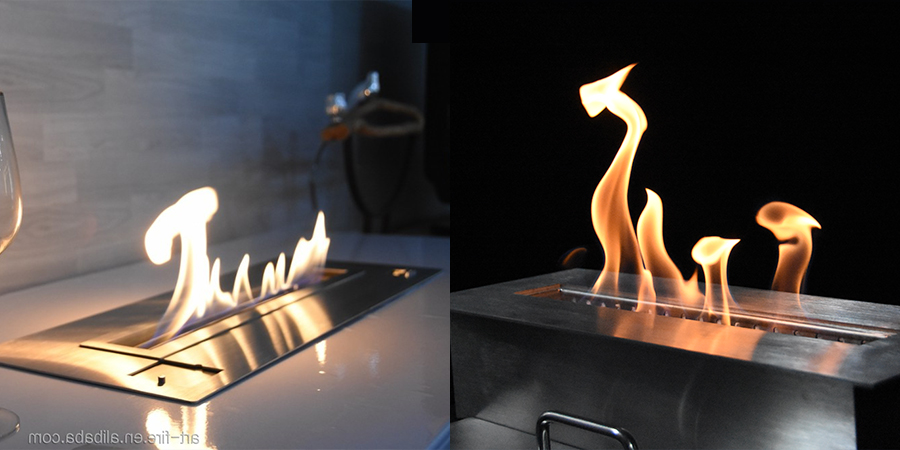
Manual Ethanol Fire Burner AFM150 Inserts For Indoor Decoration ; Design Bio Ethanol Fireplace AF66 With Remote Controller For Sale – Art Fire ;

